Sustainable data centers as a service
- City
- Construction
- Sustainability
- 3/29/2024
Are you aware of the positive effect that nature has on your well-being? Five tips for getting energised by local nature
Local nature plays an important role for city dwellers. In a sustainable urban environment, green corridors create a continuum, provide health benefits and promote biodiversity.
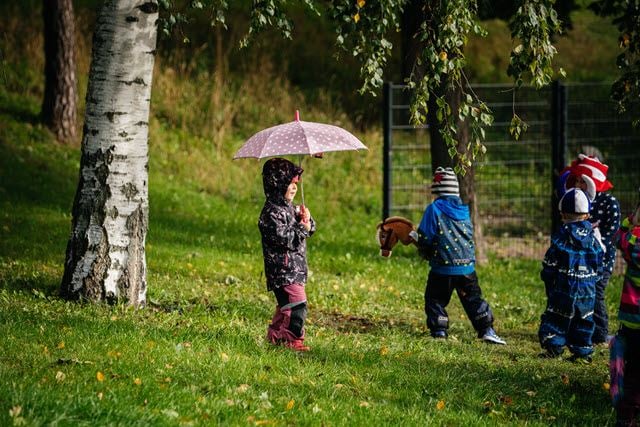
Local nature serves various purposes for city dwellers. Senior citizens enjoy walks in nature, while children like playing outdoors and getting to know the environment. Cyclists appreciate convenient routes in nature, and naturalists always find something in nature to be fascinated by.
Local nature is equal: it is open to everyone. Urban nature supports the sense of community and provides a setting for social interaction. Meet an acquaintance, bring a friend along – take in nature together.
Check out our tips for getting energised by local nature, courtesy of Researcher Riikka Paloniemi from the Finnish Environment Institute, and maximise the well-being effects of nature!
1. Explore the diversity of local nature
Local nature is close to your home or workplace. Local nature can even start from inside the home. It spans everything from herb planters and fruit trees in the yard of your building to shared greenhouses and even national parks. It includes urban parks, forests, riverside areas, wetlands, meadows and other easily accessible nature destinations.
Local nature is part of the cityscape. A sustainable urban environment includes green corridors that showcase biodiversity. Green corridors are also excellent routes for cycling and walking. They create a fascinating mosaic in the urban environment.
Rather than having to compete with each other, the built environment and green nature can support one another and make the city more human and accessible.
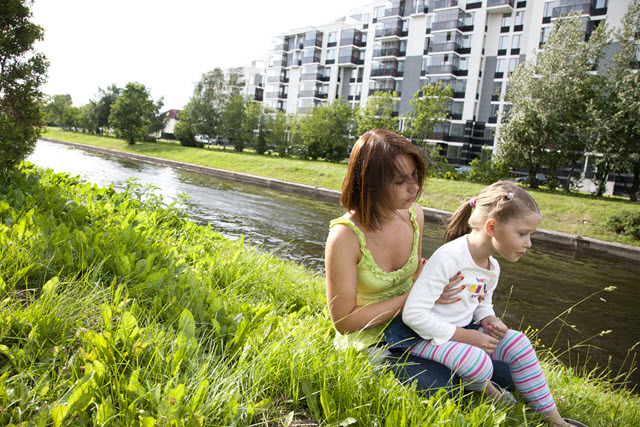
2. Visit nature several times per week
According to the nature relationship barometer survey by the Ministry of the Environment and the Finnish Environment Institute, Finnish people value nature highly. Clean nature is perceived as an important part of the Finnish identity. People can take advantage of nature when they want to relax or be physically active. Berry picking, mushroom hunting and hiking are also popular activities.
Most people engage in physical activity in their own yard several times a week and many people also do so in nearby green areas and parks. Finns who spend a lot of time in nature believe it improves their health and well-being.
Local nature is not like a museum that people only visit occasionally. Local nature is best enjoyed frequently, several times per week. Nature experiences can be integrated into daily routines. Safe local nature is a setting for enjoyment and inspiration. It invites people to visit it and pass through it.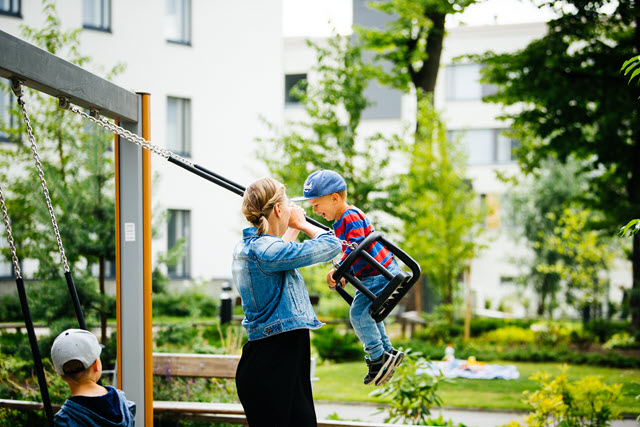
3. Experience the positive health impacts of nature
Local nature improves physical and mental health. The positive health impacts start from the microbial level: exposure to microbes boosts your immune system. Nature also inspires people to be physically active, engage with their environment and open up their senses.
Nature increases happiness and helps with recovery. Studies show that children who enjoy spending time in nature are less likely than other children to experience depression, irritability and problems falling asleep. Children even seek exposure to nature when they are not feeling well. Nature also improves mental well-being for adults.
Local nature plays a role in promoting public health. The first National Nature Recreation Strategy has already been drawn up in Finland. The aim is for the recreational use of nature to help Finns maintain a higher level of well-being.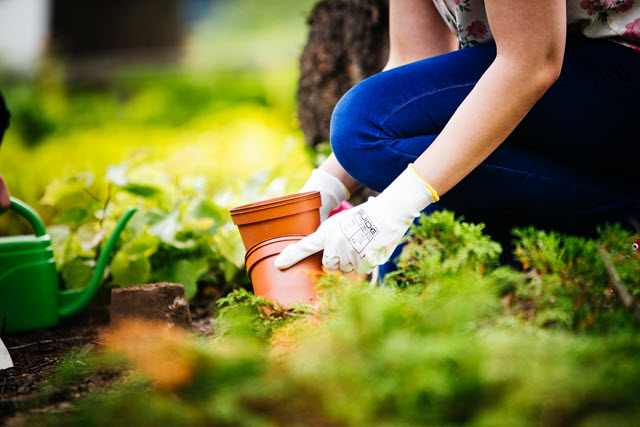
4. Participate in the planning of your urban environment
Local residents have been engaged in the planning of the urban environment in various parts of Finland. In Lahti, for example, information systems have been used to take advantage of location data in the development of housing and communities. Local residents are prepared to share their thoughts about the environment. They need to be heard and engaged. Local communities can also be engaged in planning. Cross-sectoral cooperation between various parties is effective.
Familiarity with nature also increases understanding when it comes to the construction of the urban environment. The elements of the built environment should be seen as a continuum. Nature-based solutions lead from the concrete heart of the city to oases of well-being, for example in central parks that are slightly removed from the central part of the city. Green zones help with climate change mitigation and adjustment. They are also a source of fresh air for people to breathe.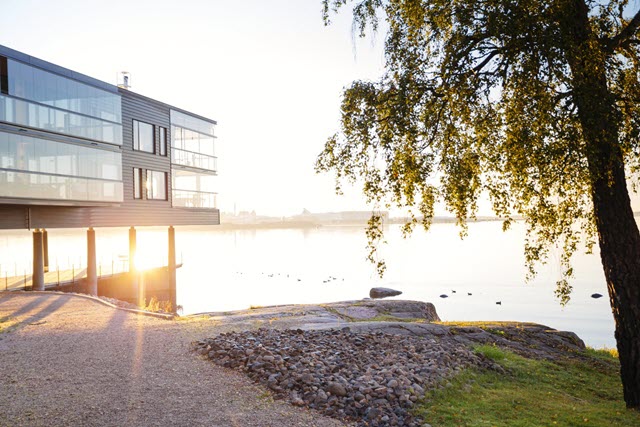
5. Derive well-being from biodiversity
It is possible to maintain a healthy balance between a dense urban service structure and urban nature. Green roofs, parks divided into zones, nature trails, insect meadows, fruit trees, bee yards and strawberry fields each promote well-being in various ways.
Even balconies are part of the overall picture and continuum. The direction that doors and windows face is also significant. Hospital patients recover better when they can see trees and views of nature through the window. Pets and household plants are also part of nature. Even virtual nature helps people see things from a new perspective.
Nature is culture, stories, peace and a sense of community. Enjoy nature in diverse ways and you will get more out of it. Use your sense of smell and your sense of touch!
Fact 1: Foster biodiversity
· Biodiversity refers to the diversity of nature. As a concept, it covers habitats, species and individuals.
· Studies have shown that biodiversity protects people from infectious and non-infectious diseases. That is why biodiversity loss poses a direct threat to human well-being.
· Natural environments increase the amount of health-promoting microbes in the human body. Occasional visits to nature do not produce adequate exposure to microbes. The key is to spend time in nature several times per week.
· Species loss has an impact on health and well-being through food security, for example. The loss of pollinating insects presents a threat to plant production. Biodiversity loss can also expose people to lifestyle diseases, such as asthma and allergies.
Source: www.duodecimlehti.fi
Fact 2: Forests and parks appeal to people
· The favourite type of local nature for most city dwellers is a large forest in its natural state. People who live in densely built areas enjoy parks the most. Waterfront promenades are the third-most popular type of local nature, followed by fields and meadows.
· One hope expressed by city dwellers is that local nature should provide good opportunities for outdoor recreation and sports. Biodiversity and keeping nature areas close to their natural state are also considered important: vegetation and trees should be kept as untouched as possible. People also wish to see large nature areas preserved.
· The surveyed residents want to enjoy peace and quiet in local nature but, in densely built areas, people particularly favour attractively designed and well-maintained parks.
· There was an increase in people’s desire to move out of large cities in 2021. More than one-third of the residents of Helsinki, Espoo and Vantaa were more willing than before to move to the surrounding municipalities.
· Nature is also close to people in their homes, where they have spent more time than before during the pandemic. Two out of three city dwellers would like to have an apartment with a glazed balcony that they can enjoy all year round.
These results are from the Sustainable Urban Environments barometer, which is a survey among more than 1,000 Finnish city dwellers commissioned by YIT and conducted by Prior Konsultointi in September 2021. The barometer survey, which was conducted for the fourth time, aimed to reveal the types of urban environments people in Finland wish to see developed. The participating city dwellers expressed their views on various themes, such as home, work and urban environment, and transport.



